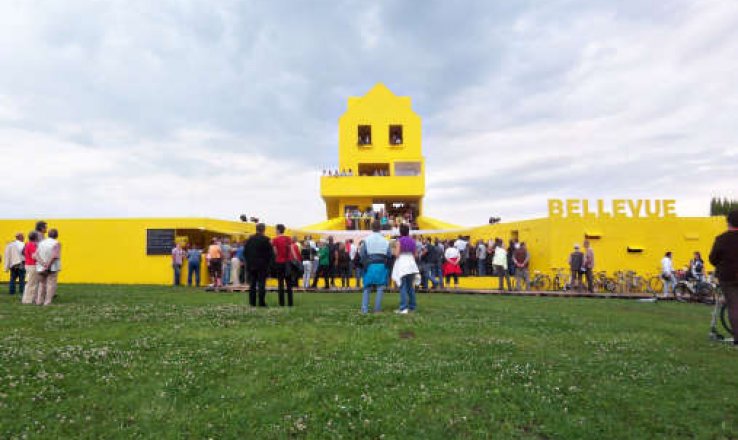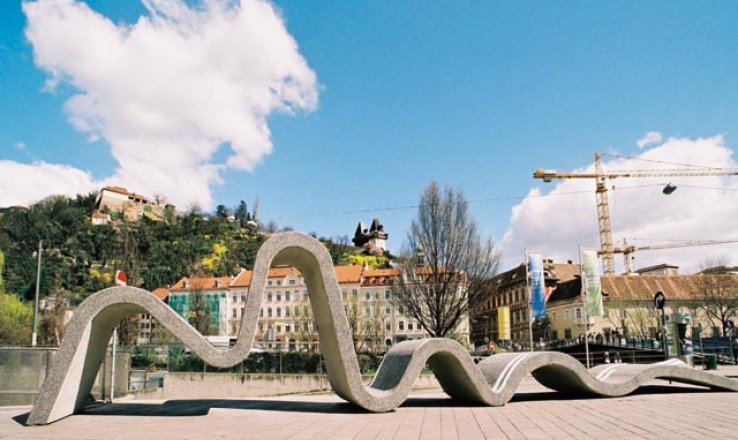History of the European Capital of Culture
It all started in 1985, when the Council of the European Union followed an idea of Melina Mercouri, Greece’s minister of culture at the time, and decided to designate an annual “European City of Culture”, as it was called in the beginning. In 1999, the title was changed to “European Capital of Culture”, and Weimar, Germany, was the first to hold it. The initiative’s aim was and is to “highlight the richness and diversity of Europe’s cultural heritage and to promote better understanding among the citizens of Europe” and to “make special cultural aspects of a city, region or country accessible to all European citizens”.
From 1985 to 1999, mainly big cities such as Athens, Paris, Florence, Madrid or Berlin (or, more precisely for 1988, West-Berlin) were chosen to hold that title. Since 2009, in an effort to make it easier to include the new members of the Union’s enlargements of 2004 and 2007, two Capitals of Culture are designated each year, one from an actual EU member state and one from a new member state. Today, candidates for EU membership are also included. In 2007, Luxemburg for the first time submitted an application for a region, not just a city (Luxembourg et Grande Région), followed by RUHR.2010 (“the city of Essen for the Ruhr region”) and Marseille in 2013, representing big parts of the Départements Bouches-du-Rhône.
With Graz in 2003 and Linz in 2009, Austria has held the title twice so far. In 2024, according to the Union’s rotation system, it is our (and Estonia’s) turn again. In 2018, the capital of Malta, Valletta, is the smallest European Capital of Culture so far (5,719 citizens living on 0.84 square kilometres). It is also part of the ECOC initiative to include cities from non-EU member states from time to time, as was the case with Bergen (NOR), Reykjavík (ISL), Stavanger (NOR) and Istanbul (TUR).


